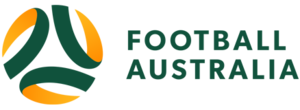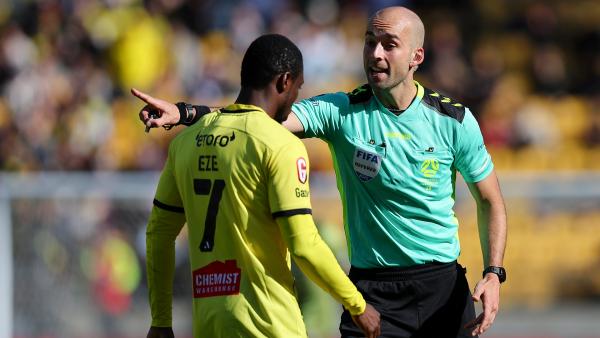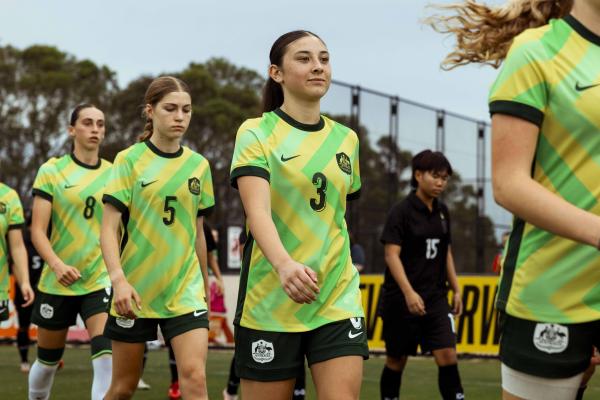“Perkins was a champion – a real Ben Hur, smashing his way through Australia’s race politics, and football was his chariot” - Johnny Warren.
Not only was Charles Perkins a fierce advocate and visionary for the rights of Indigenous Australians, he was also an immense pioneer for Australian football.
As Australia celebrates NAIDOC Week 2021, it marks a fitting time to delve into the story of a man whose renowned journey was intertwined with a love for the game of football.
He was a figure who left his mark playing the world game on Australian shores and beyond, during some incredibly valuable time spent overseas.

Dr Charles Nelson Perrurle Perkins AO was born near Alice Springs in 1936. He was raised by his mother, of the Arrernte people, while he only once met his father, of the Kalkadoon people, before being taken to Adelaide at the age of ten - as one of the Stolen Generation.
It was at school in Marryatville, South Australia, that Charles first met John Moriarty; the pair would grow up together and continue to cross paths through football for the rest of Perkins' life.
Turning from a boy to a man in unfamiliar surroundings was challenging for Charles and John. But in 1951, a chance event sparked their love for a game that made truly them feel at home.
One day the South Australian U18 side were training near their school, when a group from St Francis House, including Perkins and Moriarty, took them on in a match that would see the State outfit comprehensively defeated.
READ MORE: Kyah Simon & Lydia Williams on 'Heal Country'
READ MORE: Jada Whyman and how Country heals her
Soon after, a number of the boys were asked to join the squad - and from there, a passion for football was ignited.
As was shared at Perkins' State Funeral in 2000, "From the time he was introduced to it, soccer became an integral part of his life."
In the years that followed, Charles played junior football with the likes of Port Thistle juniors and International United (Redskins), before joining Adelaide Budapest in 1956.
A year later, at just 21 years old, the boy from the Northern Territory would be offered trials at some of the grandest clubs in world football.
Perkins' technical and physical ability proved vital for a Budapest side that dominated the competition, during a season that saw him named 1957 South Australian Player of the Year.
His form caught the eye of English powerhouses Everton, who offered to pay half his fare to allow Charles to travel abroad for a trial.
While the step up from Australian to English football at the time was significant, Perkins continued his development playing in the dreary conditions of England's north-west, all while working in the shipyards beside the River Mersey.
He played one match for Everton B against Manchester United - becoming the second Australian after Joe Marston to play in England - but decided to turn down a part-time contract to instead move to premier amateur club Bishop Auckland, via a short stint with Wigan.
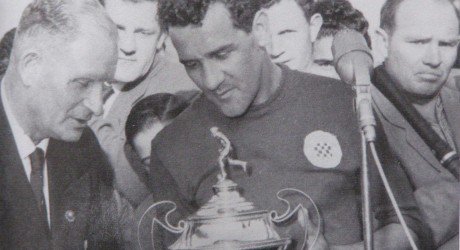
While Perkins' time with Bishop proved immensely successful on a footballing level, one particular away match sprung up an experience that would not only change his life, but impact Australian history.
It was a fixture against Oxford University that caught his eye - walking on the grounds of the oldest university in the English-speaking world created a desire for Perkins to seek a University education for himself back home.
Charles was so fixated on this goal that he returned to Australia after turning down some outstanding contract offers, including a potential move to Manchester United’s Busby Babes featuring the likes of Bobby Charlton and George Best.
As Johnny Warren wrote in Sheilas, Wogs and Poofters, football allowed Perkins to comfortably settle back in Australia.
The Greek and Croatian clubs in Adelaide, and later the Pan Hellenic club in Sydney, were the first Australians to recognise him as a person to be treated equally. He did so much for so many people and that he was such a big part of football makes me very proud.”
Perkins' trip home was funded by Adelaide Croatia, who he immediately repaid by inspiring their promotion to the South Australian top flight.
Just months later, Perkins was winning silverware in a player-coach capacity and became vice-captain of the South Australian state side.
Not only did his experience abroad expand Charles' football repertoire; the obstacles overcame saw him continue to grow as a person.
Perkins reunited with John Moriarty and Gordon Briscoe back at Croatia, with the three presenting a petition to the South Australian Parliament advocating citizenship rights for Indigenous Australians.
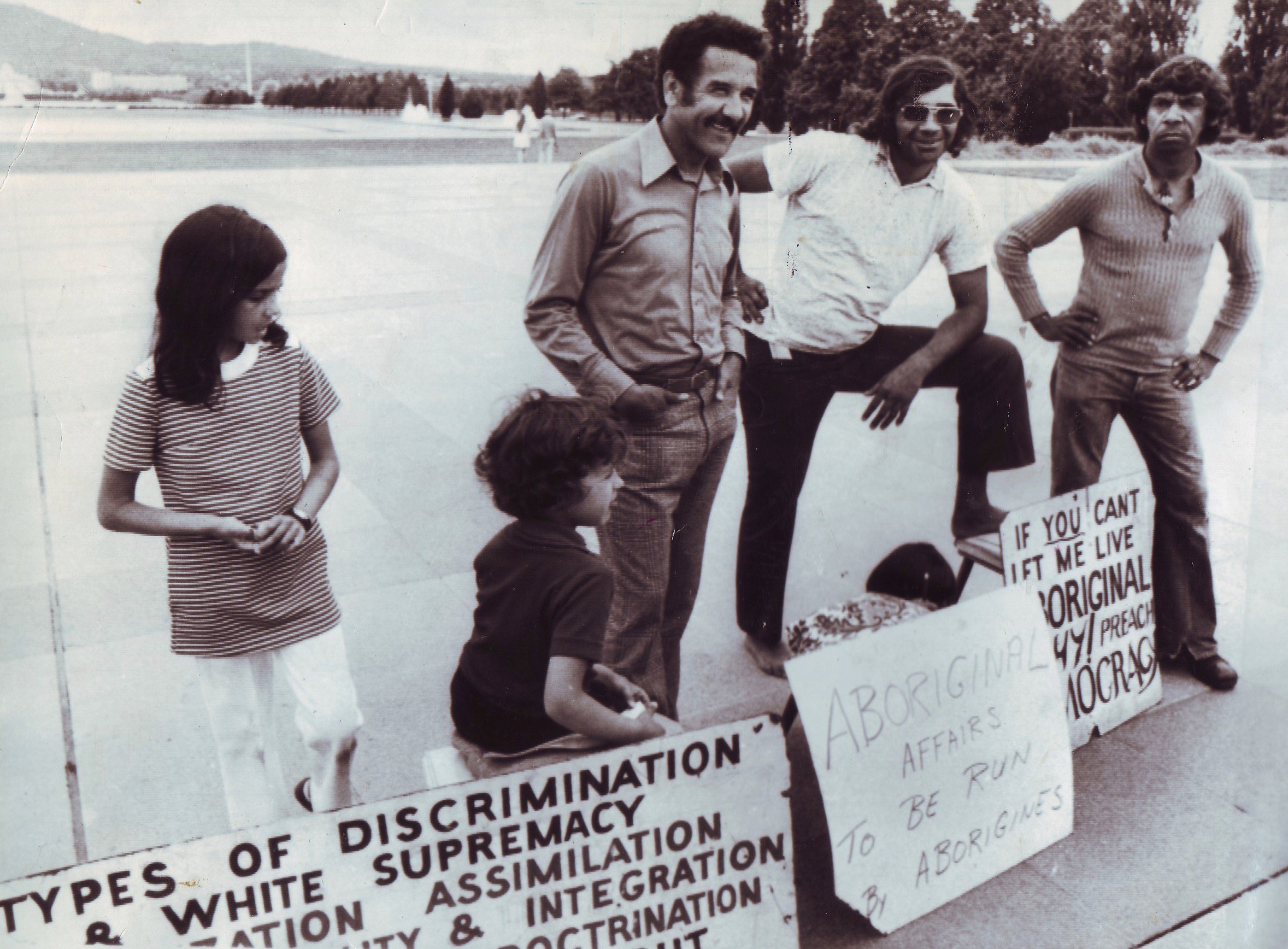
The 1960s saw Perkins ply his trade in Sydney for Bankstown and Pan Hellenic (now Sydney Olympic).
By 1965 the historic Greek club had helped fund his dream to study at Sydney University, and as Charles decided to hang up the boots he immediately shifted his focus to advocating for the rights of his people.
That same year, Perkins led the famous Freedom Ride protest - an initiative the University of Sydney labels "one of Australia's most significant civil rights events."
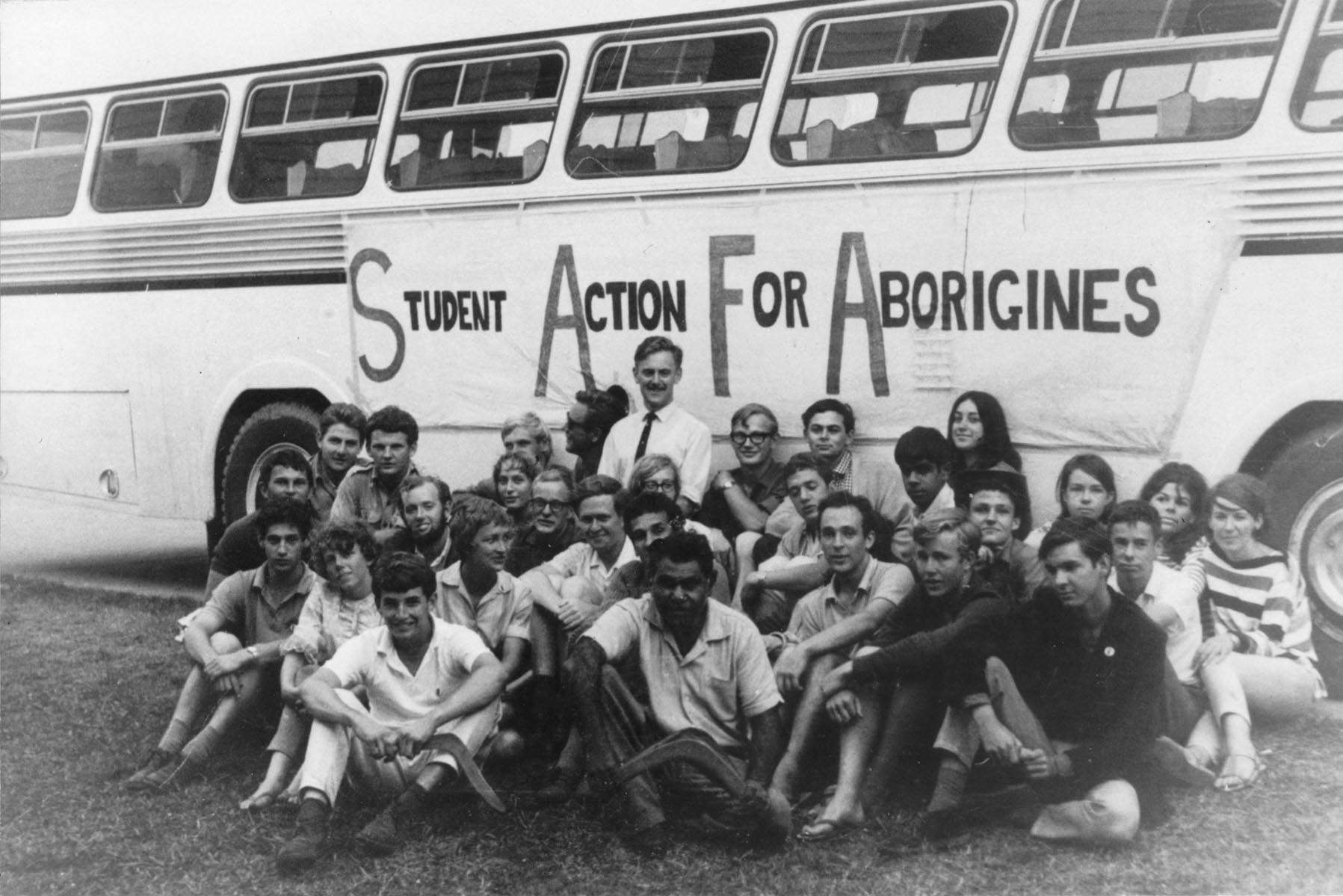
Around the same time, Perkins explained in an interview how football "opened me out to the world."
On May 11, 1966, Perkins would continue his trailblazing ways by becoming the first Indigenous Australian to graduate university.
Summing up his journey during this time, Charles said, "Football serves a three-fold purpose. The first was to provide me with finance for my study. Second, it enabled me to keep fit because I needed to study for such long hours., Third, it was the means whereby I could mix socially and enjoy myself comfortably."
In the decades that followed, Perkins continued to impact Indigenous rights, and football, for the better.
While serving as chair of the Aboriginal Development Commission and head of the Federal Government’s Department of Aboriginal Affairs, he paved the way for future Indigenous talent to rise in football.
The first Indigenous Australia to play for the Socceroos, Harry Williams, was someone who worked closely with Perkins' support services in Southern Sydney.
Perkins also served as president of Canberra City during the early years of the National Soccer League and was a member of the Australian Soccer Federation - becoming vice-president in 1987.
Alongside close friend Johnny Warren, he worked to promote futsal in Australia, serving as president of the Australian Indoor Soccer Federation for a decade.
Perkins' love affair with football never faltered, with Johnny Warren recalling how he convinced him to play for Canberra City Old Boys in 1986.
In 1987, he was awarded an Order of Australia Medal (OAM), and in 2000, the year he passed away at the age of 64, was inducted into the Football Australia Hall of Fame.
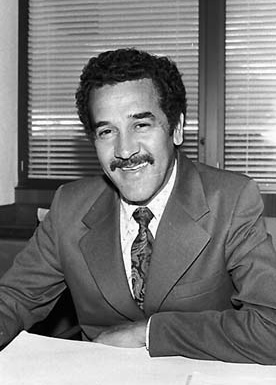
Speaking at his funeral in October 2000, then-NACCHO CEO and Dr Perkins' niece, Pat Turner, read his eulogy in front of a crowd of thousands.
“He held a mirror in front of this country and exposed the discrimination and racism our people endured,” she said.
"He was determined to change that. He wanted Australia to embrace our Arrernte heritage and he believed that until then Australia would be a country without a soul.
"He showed us the way. We all know there is much unfinished business.
"The future is in our hands."
Both within and well beyond football, Perkins' legacy is everlasting and ongoing.
Find out more about NAIDOC Week 2021 HERE
